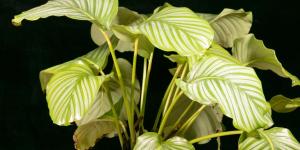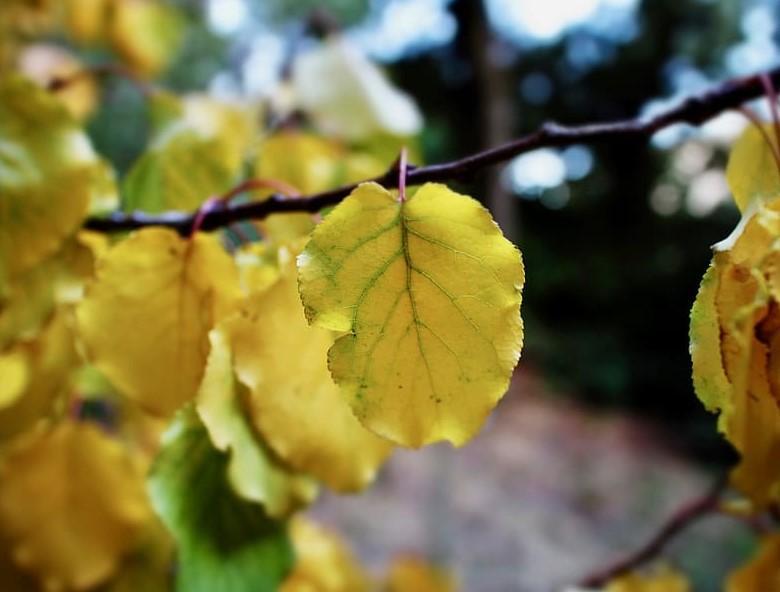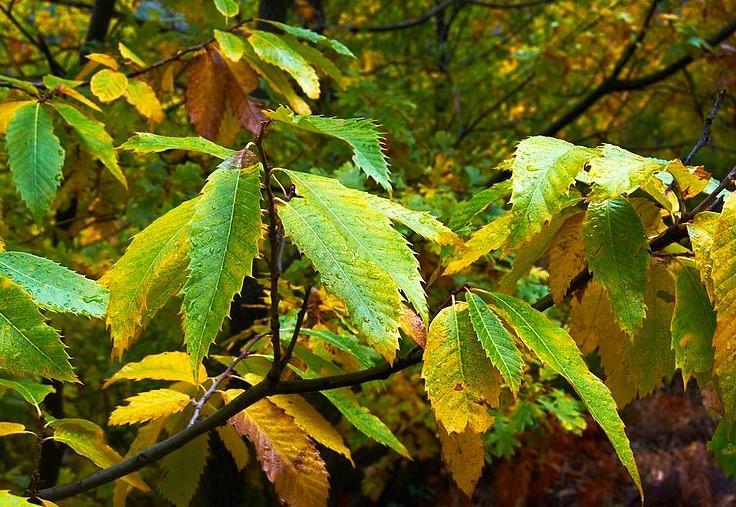Chlorosis in Plants - Save Your Plants From Yellow Leaves


Have you ever noticed your once vibrant houseplants losing their green color and turning a pale yellow? This might indicate chlorosis, a common disease that prevents plants from producing chlorophyll. Chlorophyll is the magic ingredient that allows plants to convert sunlight into energy for growth, so when its production is hindered, leaves start losing their color and the plant weakens. If left untreated, the disease progresses and the survival of the plant is in danger.
In the following article by thedailyECO, we explain what chlorosis in plants is, what causes this condition, how to treat it, and how to prevent it.
What is chlorosis in plants?
All plants require chlorophyll to conduct photosynthesis, which provides them with essential energy. To produce chlorophyll, plants need access to iron as a nutrient. When iron is insufficient, the plant begins to yellow due to its inability to sustain chlorophyll production, which gives leaves their green color. This condition is known as chlorosis or iron chlorosis.
The causes of chlorosis in plants are diverse. One of the most direct reasons is soil that is deficient in iron or other nutrients. Additionally, a high pH level in the soil can prevent plants from absorbing iron properly, as alkalinity inhibits iron uptake.
What causes chlorosis?
Common causes of chlorosis in plants include:
- The most common culprit is a lack of essential nutrients, like iron, magnesium, or nitrogen. These nutrients are needed to produce chlorophyll.
- If your soil is too alkaline (high pH), it can prevent the plant from absorbing iron, even if it's present.
- Damaged or diseased roots can't take up nutrients properly, leading to chlorosis.
- While underwatering can cause issues, surprisingly, overwatering can too. Soggy roots can suffocate and prevent nutrient uptake.
We unveiled the causes of yellowing leaves in this article, but did you know there's a whole hidden world within each leaf? Unravel the mystery of photosynthesis in another article on our site.

Chlorosis in plants: symptoms
Ever seen your once-vibrant plant develop pale yellow leaves? This could be a sign of chlorosis, a condition where chlorophyll production is disrupted. Let's explore how to identify and address this issue.
The most prominent symptom of chlorosis is the yellowing of leaves, with a twist: the veins remain green while the spaces between them lose color. This is a telltale sign that your plant is struggling.
Chlorosis starts subtly, with a slight yellowing that intensifies over time. Affected areas can turn completely yellow or even white. The longer the issue persists, the worse it gets.
The order in which leaves turn yellow can be another helpful sign in diagnosing chlorosis. If it's the new leaves that show yellowing first, this points towards an iron deficiency. Iron is essential for the development of young leaves, so a lack of it will affect these new parts first.
On the other hand, if the older leaves are the first to turn yellow, it suggests the plant might be lacking zinc or manganese. These nutrients are more mobile within the plant, meaning they can be moved around more easily. So, a deficiency might show up in older leaves first as the plant tries to conserve these resources by directing them to newer growth.
Initially, chlorosis might appear in specific areas. Left unchecked, it can spread throughout the plant, potentially leading to death. When the veins themselves turn yellow, it's a sign of severe chlorosis. This often progresses to leaf necrosis (tissue death), followed by branch die-off, and ultimately, the entire plant.

What is the best treatment for chlorosis?
As mentioned earlier, chlorosis is often caused by iron deficiency. But how to address it depends on the specific plant affected. Let's explore some common scenarios:
Vines with chlorosis
For vines struggling with chlorosis, the solution lies in iron supplementation. Applying iron sulfates or chelates directly to the crop is a common approach. Additionally, incorporating generous amounts of organic matter, also known as ecological fertilizer, can significantly improve iron absorption in the long run.
Grass with chlorosis
Grass can turn chlorotic for two main reasons: overly calcareous (chalky) soil or scorching summer heat. In the first case, amending the soil with elements that adjust the pH downward is necessary. Unfortunately, local climate, especially scorching summers, can also contribute to chlorosis. In such cases, providing adequate shade and ensuring proper hydration are crucial.
Roses with chlorosis
Rose bushes, just like other plants, can suffer from chlorosis due to excessive watering or imbalanced soil pH. Regulating watering frequency and adjusting the soil's acidity or alkalinity should address the iron deficiency and restore your roses' vibrant color.
Fruit trees with chlorosis
Iron deficiency is also a common culprit behind chlorosis in fruit trees like pear trees. While the treatment for citrus and other trees can be more diverse, the larger size allows for additional options. Professionals can administer special treatments like applying iron through strategically placed blisters or holes in the trunk. However, it's crucial to involve professionals to avoid harming your trees.
Aquarium plants with chlorosis
Even aquarium plants require iron. If your tank has high calcium content or excessive detritus buildup, it can hinder the plants' ability to absorb iron effectively. Adjusting the water's pH levels or introducing iron-specific fertilizers can help restore a healthy green color to your underwater garden.
How to prevent chlorosis?
Left untreated, chlorosis can weaken plants, making them more susceptible to diseases and pests. In severe cases, it can even lead to plant death. Early intervention through preventative measures helps ensure your plants stay healthy and vibrant. By focusing on preventative measures, you can significantly reduce the risk of this iron deficiency.
- Regularly enrich your soil with a balanced fertilizer and organic matter. This maintains optimal nutrient levels, preventing deficiencies that can lead to chlorosis.
- Different plants thrive at specific pH levels, typically between 6.0 and 6.5. Test your soil and adjust the pH if needed using amendments like sulfur (for lowering) or lime (for raising). This ensures your plants can properly access the iron they need.
- Overwatering can suffocate roots and hinder nutrient uptake. Monitor soil moisture levels and water deeply but infrequently. This encourages strong root development, allowing your plants to efficiently absorb nutrients.
- Treat your plant's roots with care. Avoid damage during planting or cultivation. Minimize soil compaction and use mulch to maintain a healthy root zone, which is vital for nutrient and water absorption.
- Extreme temperatures can stress plants and contribute to chlorosis. Protect tender plants from harsh cold with mulch, covers, or relocation indoors.
- Select fertilizers that provide a balanced spectrum of nutrients. Avoid overusing specific products that can disrupt the delicate balance in your soil, potentially leading to deficiencies.
We delved into the causes of chlorosis, but did you know there's a science-backed solution? Learn more about a powerful tool for keeping your plants happy and healthy.
If you want to read similar articles to Chlorosis in Plants - Save Your Plants From Yellow Leaves, we recommend you visit our Plant care and cultivation category.







